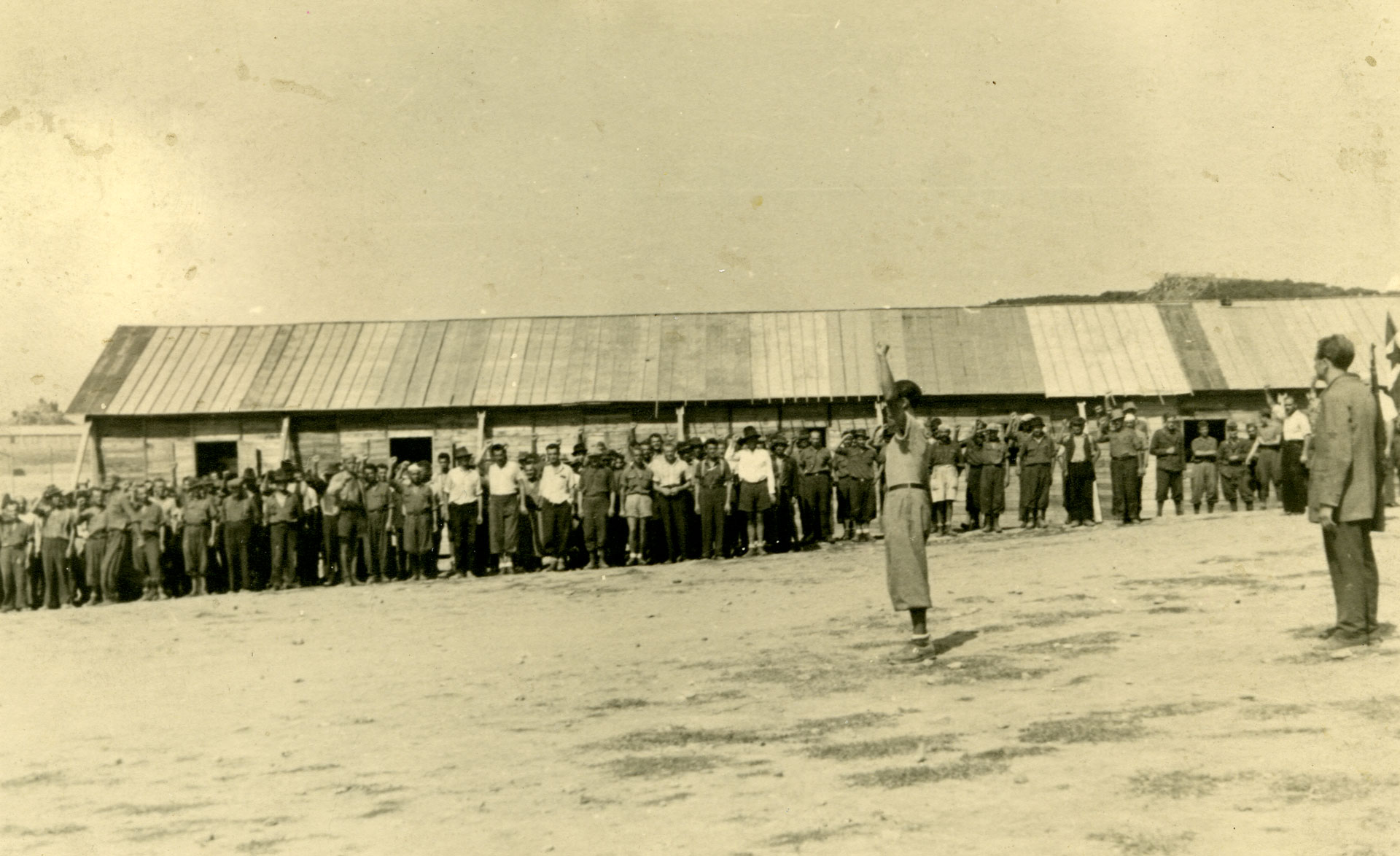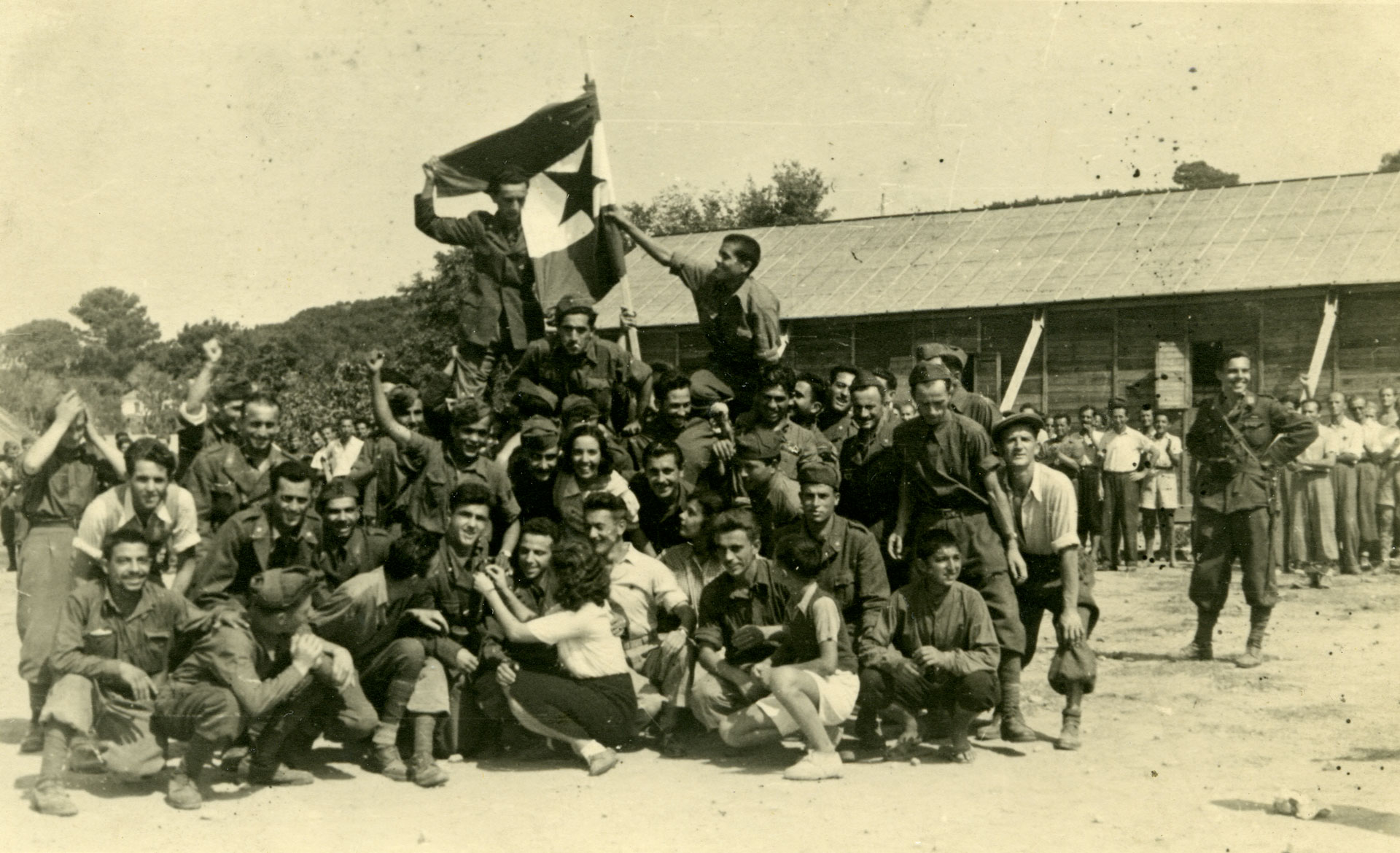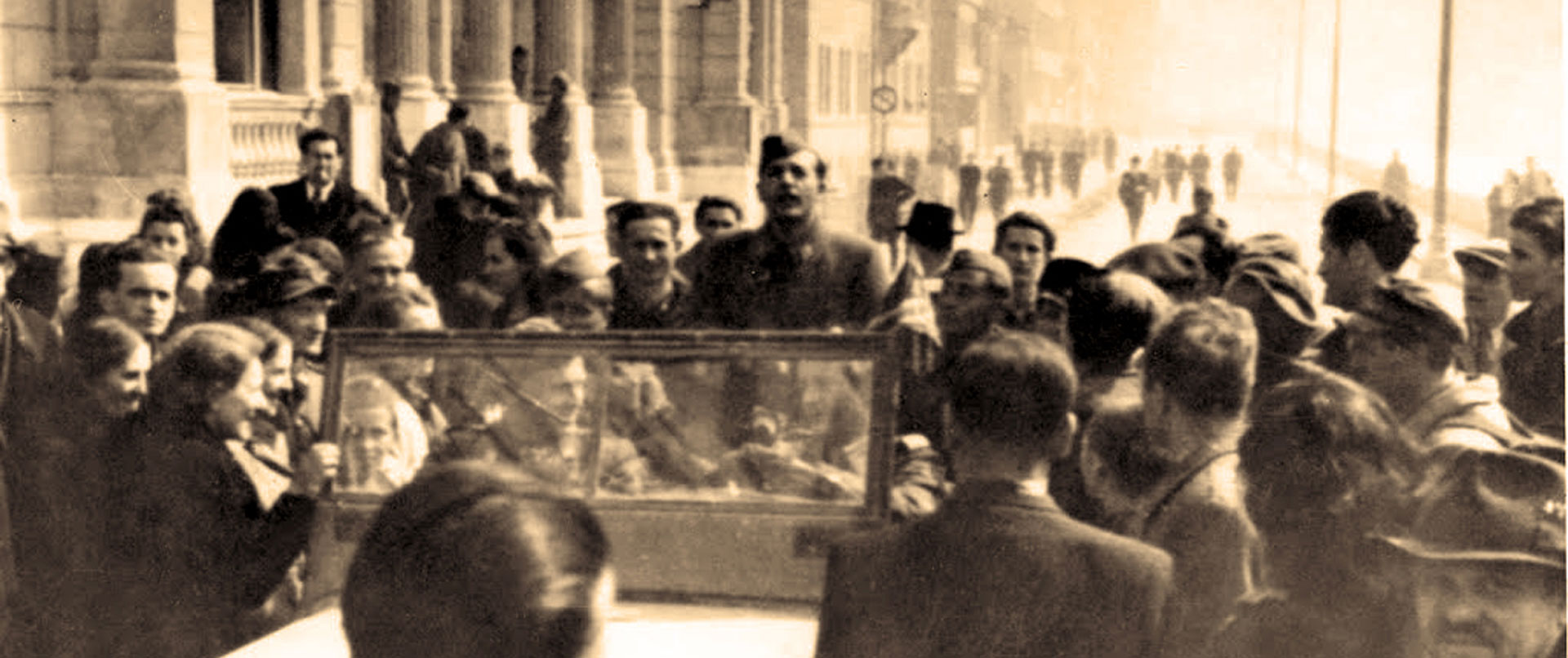Jewish Armed Resistance
Jews have resisted the German plans to exterminate them all over Europe. Resistance took many forms. In occupied Poland, Jews resisted in ghettos and death camps and formed Partisan units. The most notable events were the uprising in the Warsaw ghetto, where on 19 April 1943 hundreds of Jews attacked German troops and their helpers, fighting for weeks until the destruction of the ghetto. Jewish prisoners in the death camps at Treblinka and Sobibor staged uprisings, enabling the escape of hundreds of them. The Bielski partisans fought in the area of Novogrudok and Lida (now Western Belarus) for over two years in the forests, protecting themselves and their families.
In Croatia, only about 3,500 of the approximately 28,000 members of the Jewish community survived the war. Most of the survivors escaped by fleeing to Italian-controlled areas, where conditions were somewhat milder, by joining the partisans or to partisan-controlled territory. According to academic research, 1,737 Jews (about 7%) participated in the NOP, 26 of them were the bearers of the “Partisan Memorial 1941”, and four were declared People’s Heroes: Robert Domani, Ilija Engel Andžić, Pavle Pap and Adolf Steinberg.
After the capitulation of Italy in September 1943 and the liberation of the Italian camp Kampor on the island of Rab (the detainees disarmed the guard and part of the Italian garrison), a group of former camp inmates founded the Rab Partisan Brigade. It numbered 1,700 fighters divided into five battalions, one of which was Jewish. The Jewish battalion had 224 fighters deployed in three companies, led by David Deča Kabiljo. They were later included in the composition of the Seventh Banija Division of the Partisan army.
Another inspiring example of Jewish resistance, from Bosnia and Herzegovina, is the story of Moni Finci. When the war began in 1941 he got involved with the antifascist resistance movement in Sarajevo. Vladimir Perić Valter helped him to leave the city and therefore avoid deportation, and he joined the partisans on free territory. Moni Finci fought in the most important battles, such as the Battle of Sutjeska in 1943. Participating in its liberation, he returned to Sarajevo on 6 April 1945. After the war, he played an important role in developing cultural institutions in Sarajevo, for example as director of the Museum of the Revolution (today’s History Museum of Bosnia and Herzegovina).
Nataša Mataušić, Nedim Pustahija, Robert Parzer




